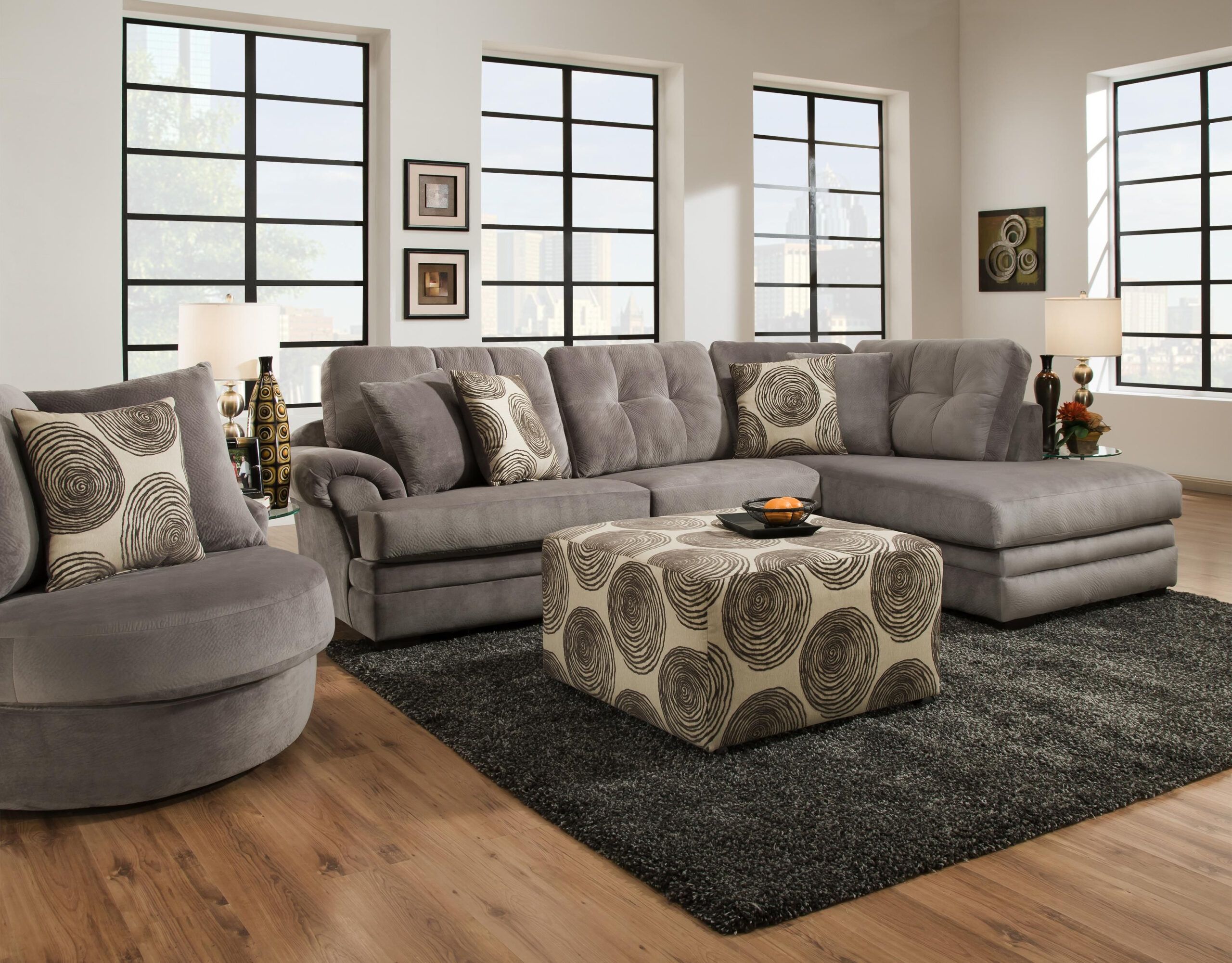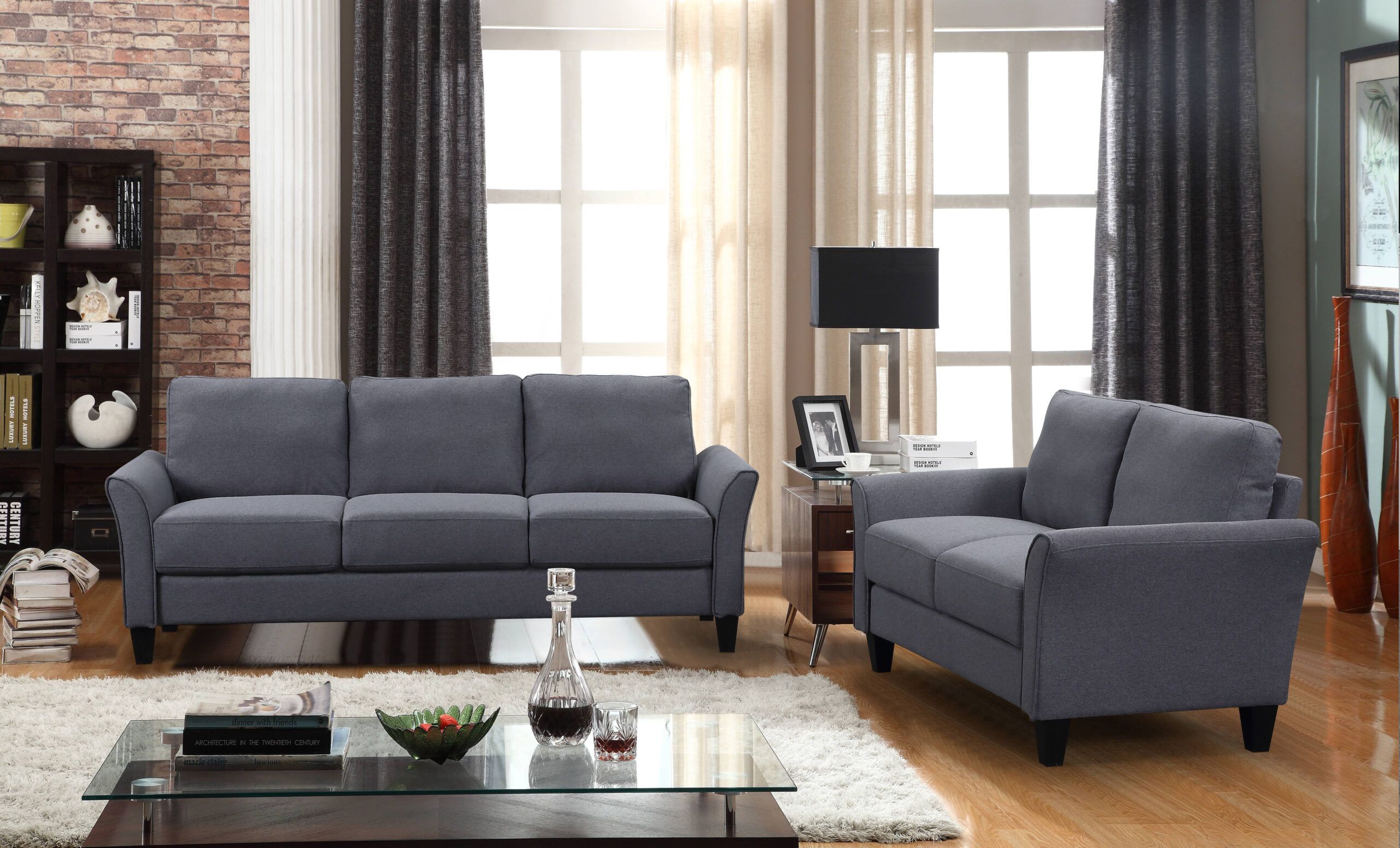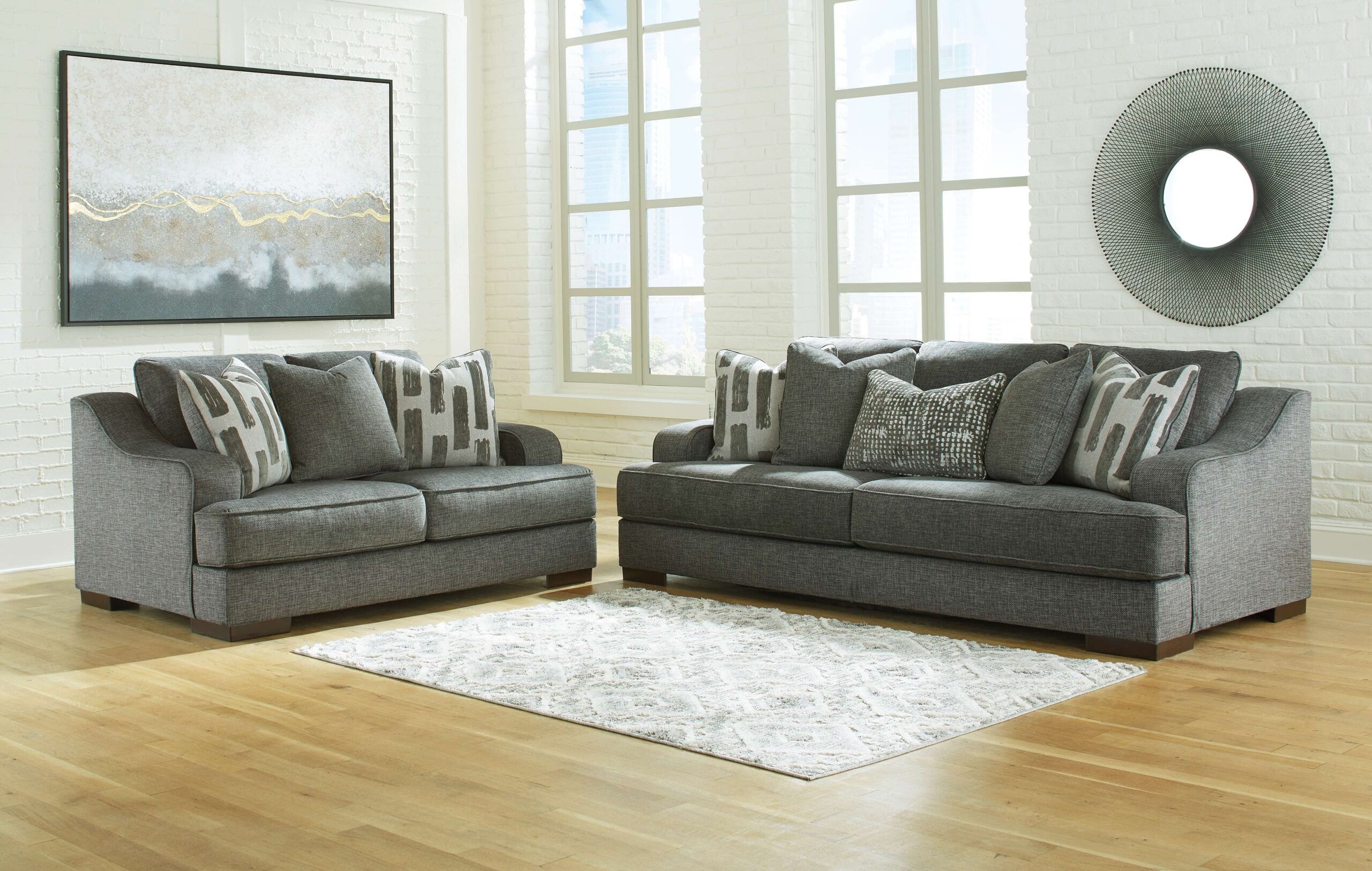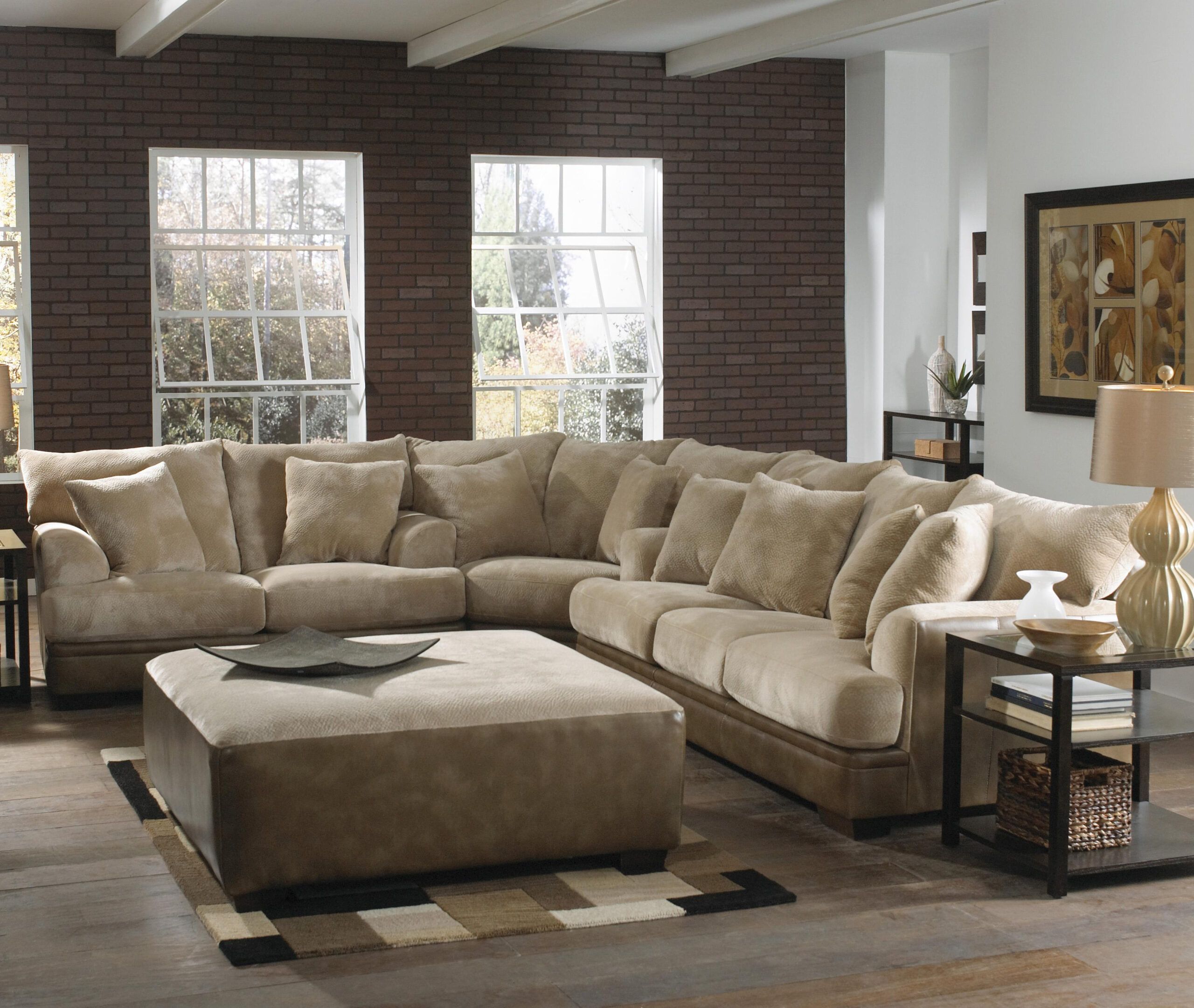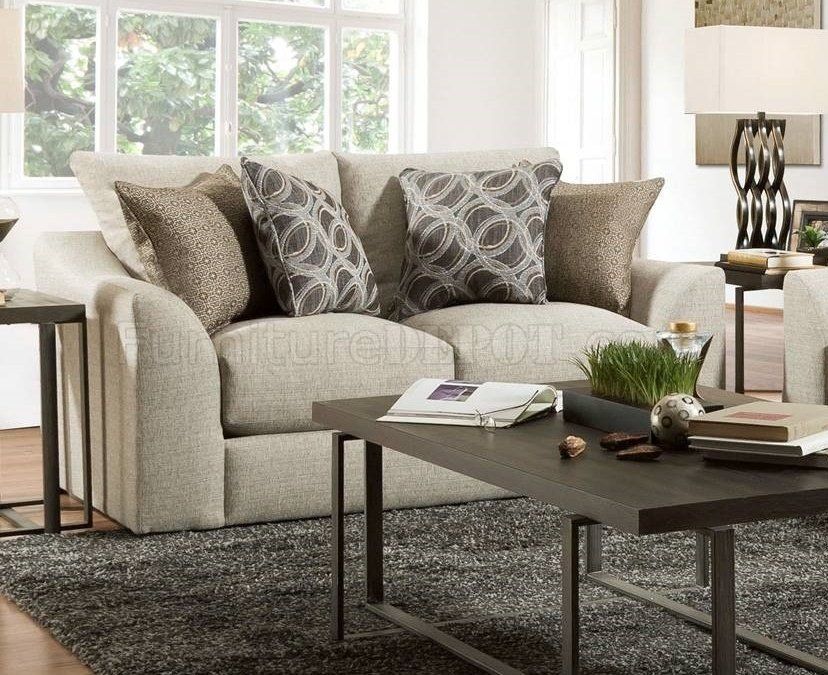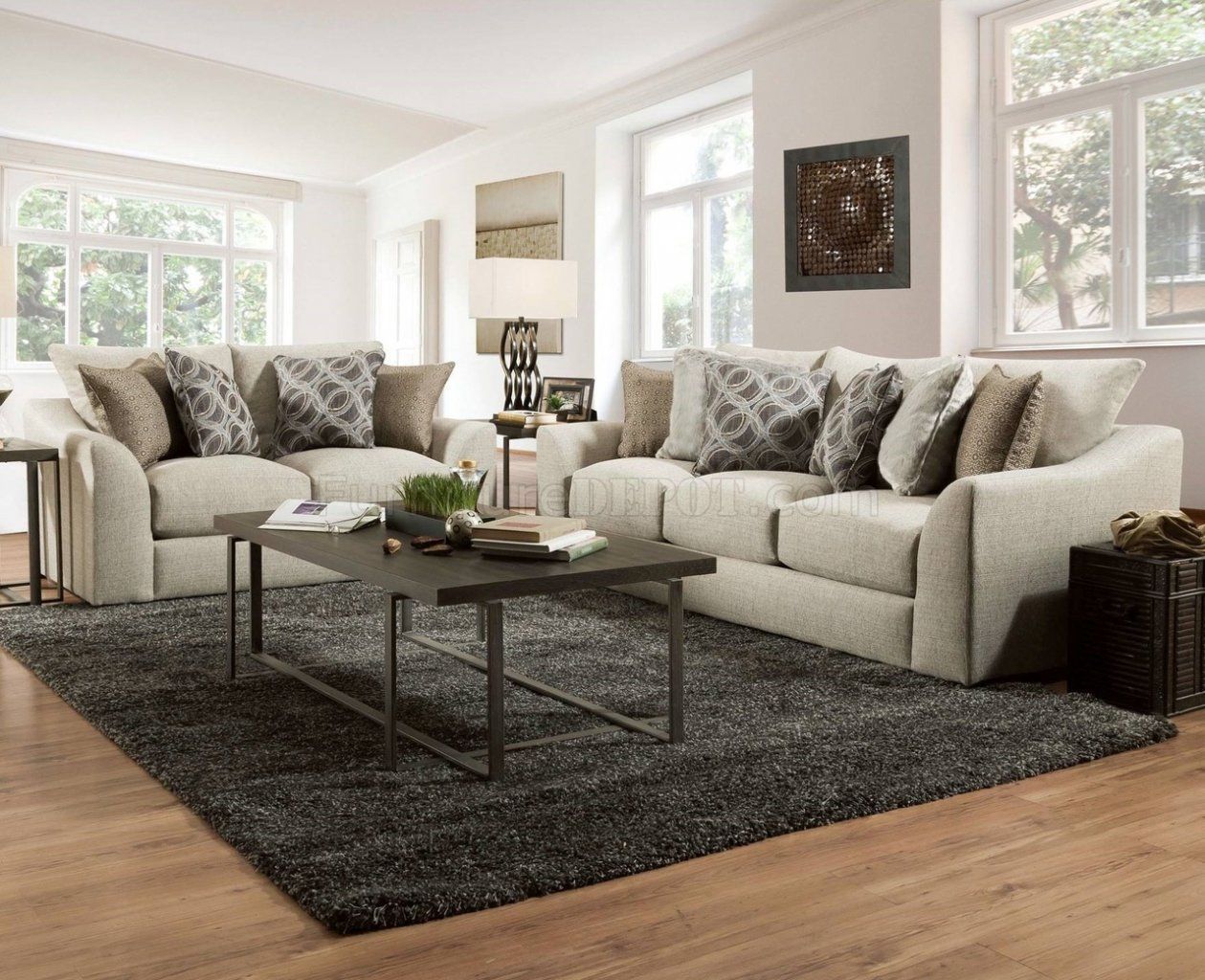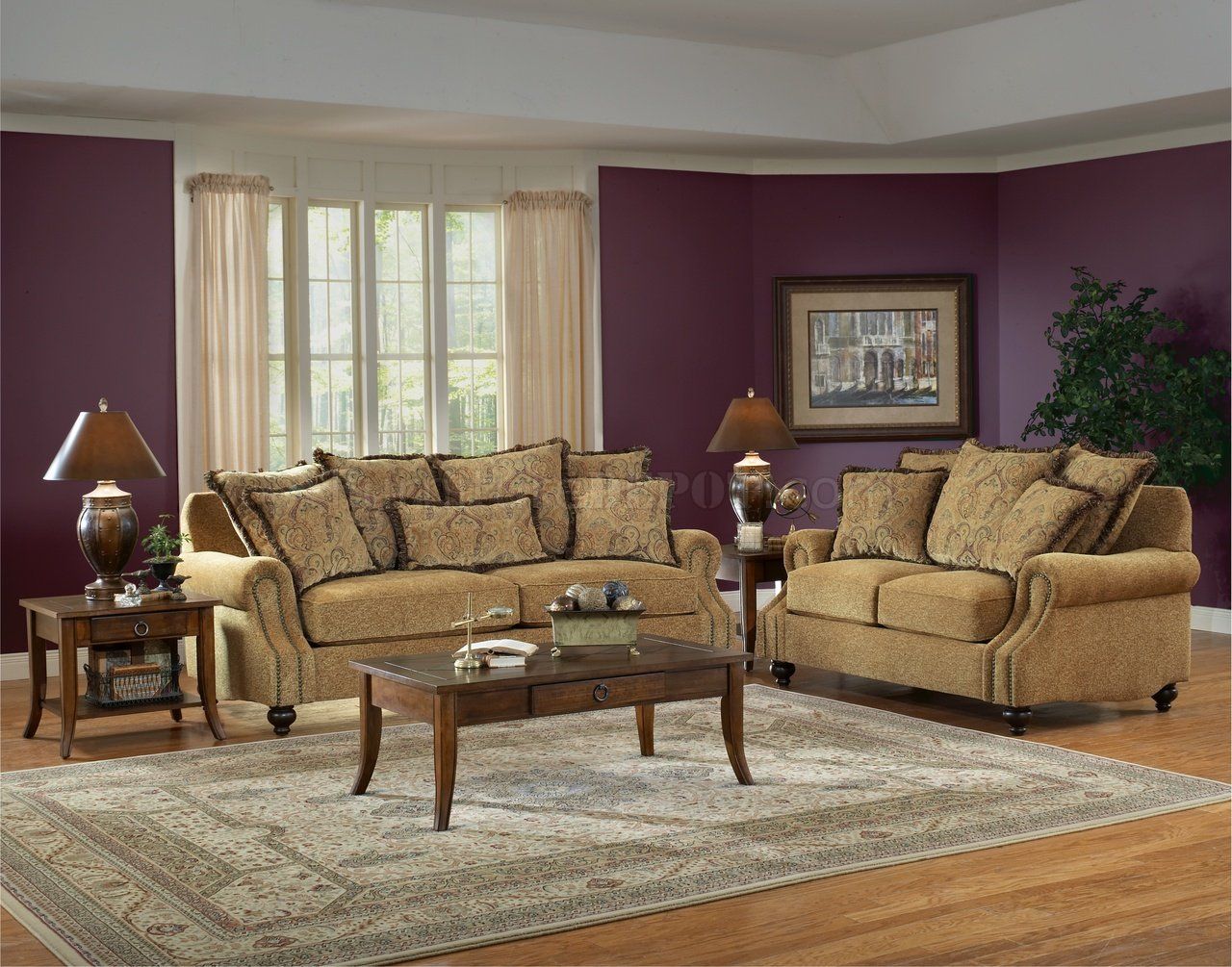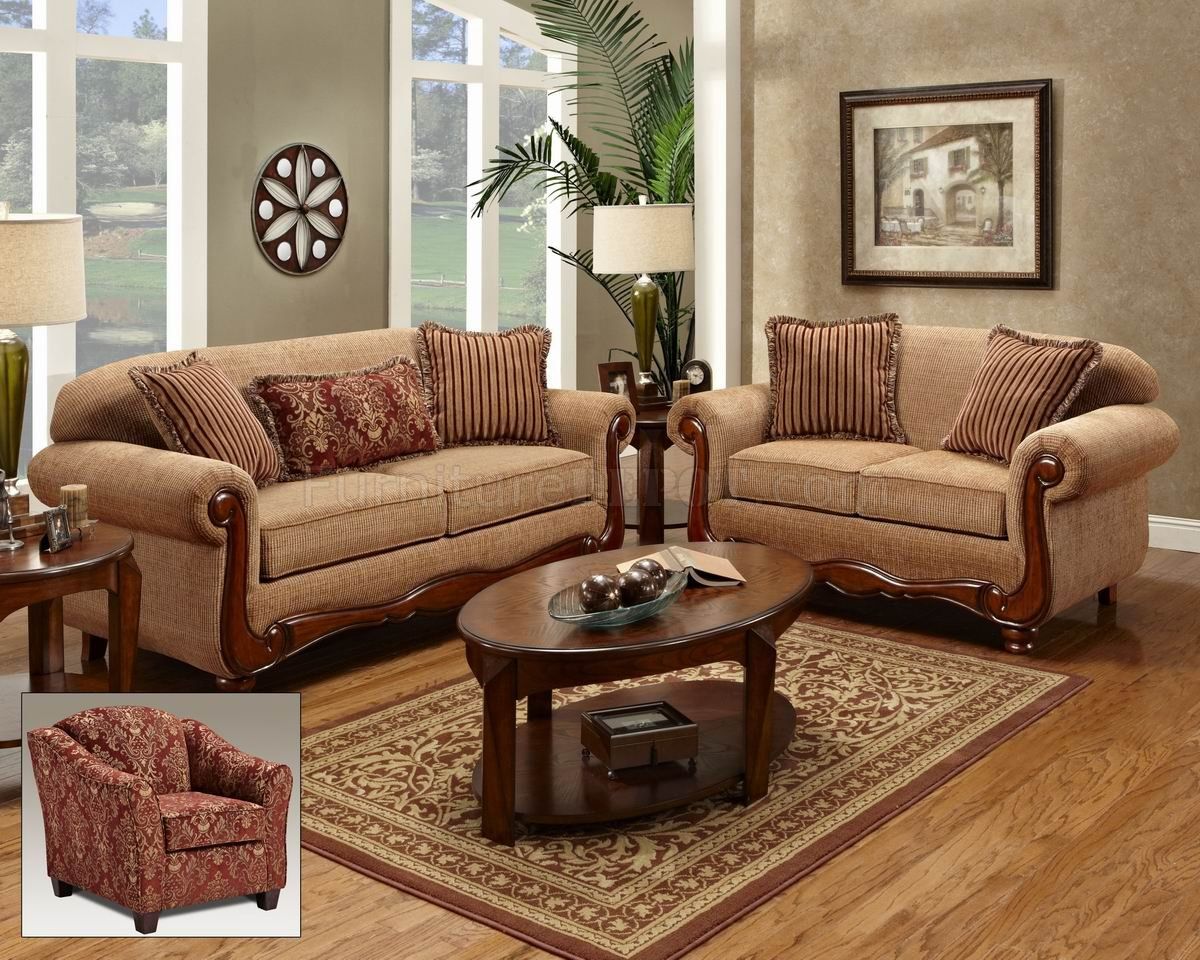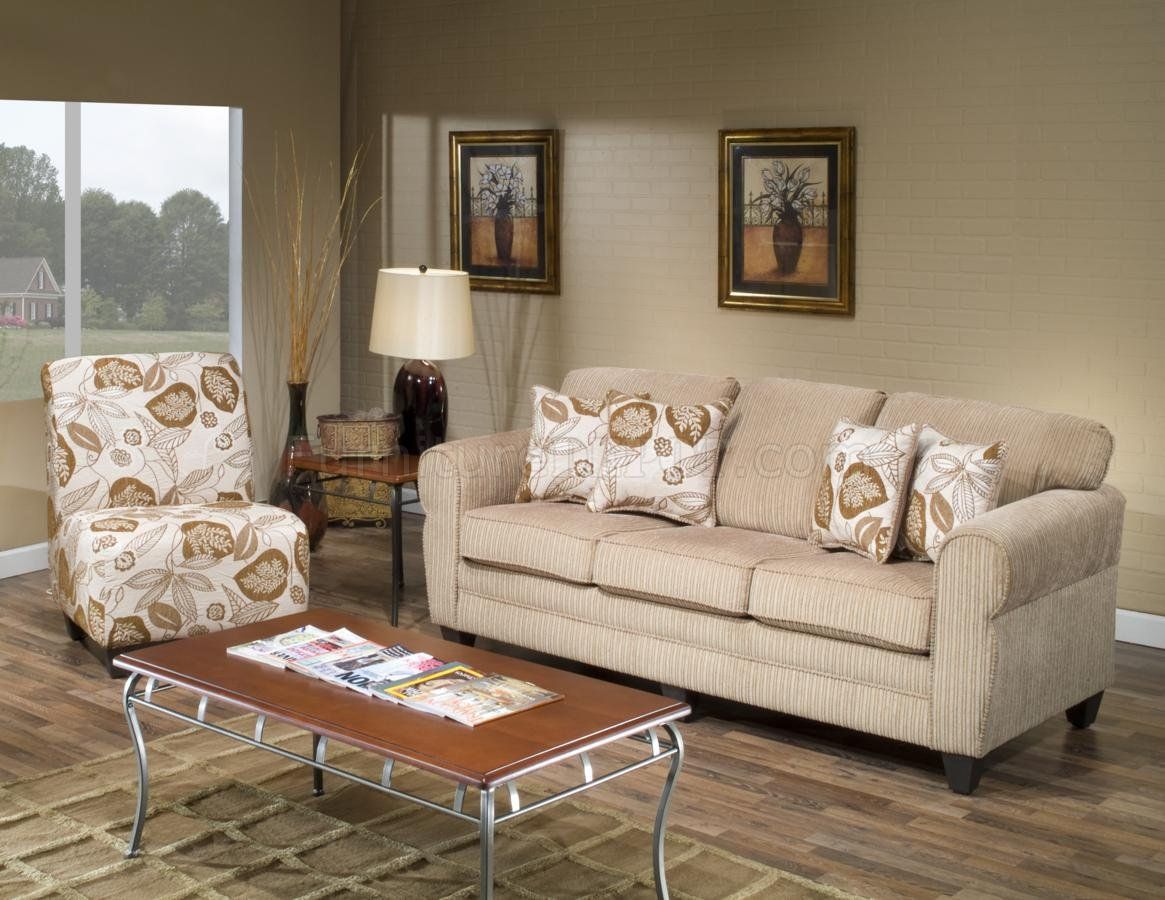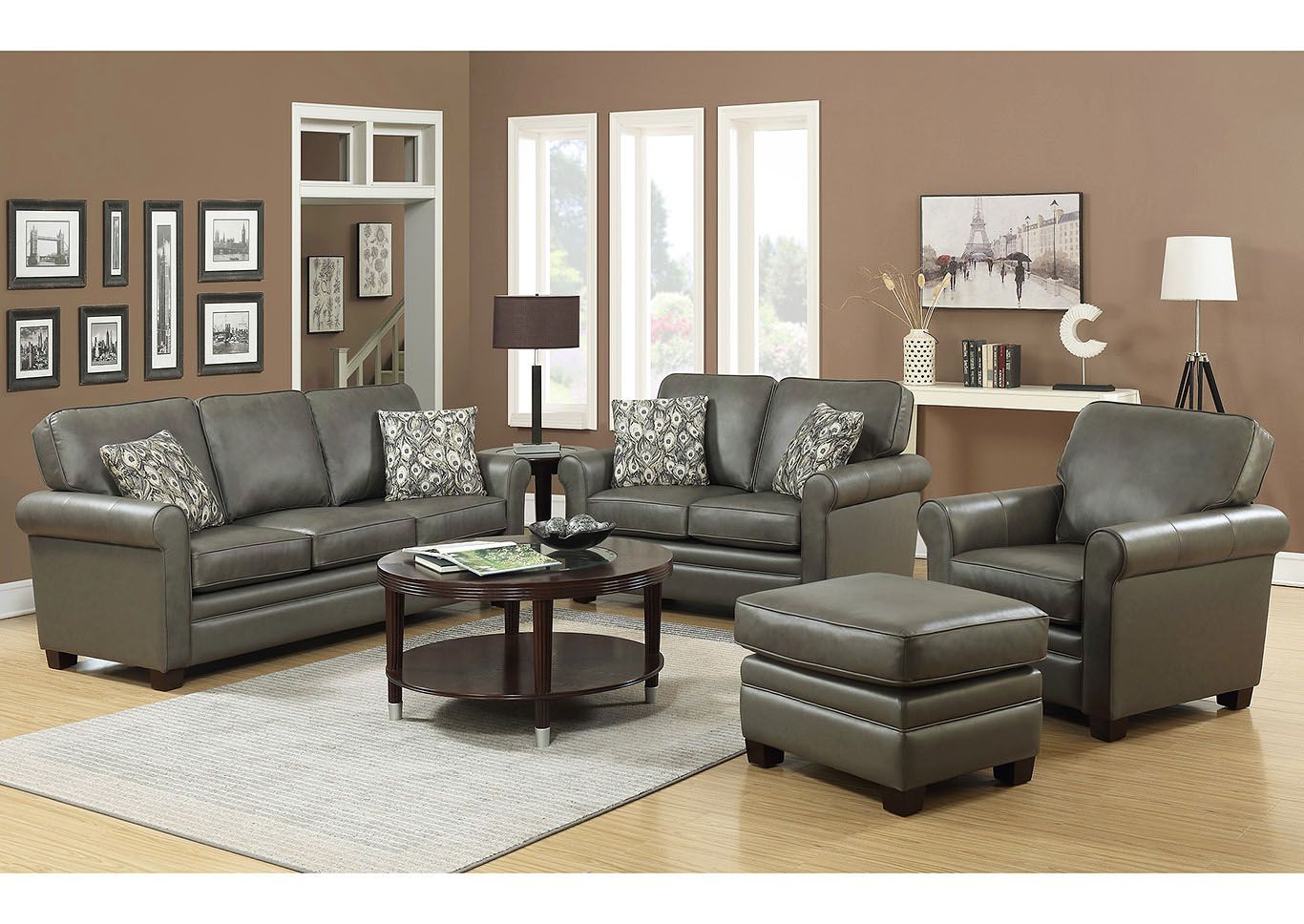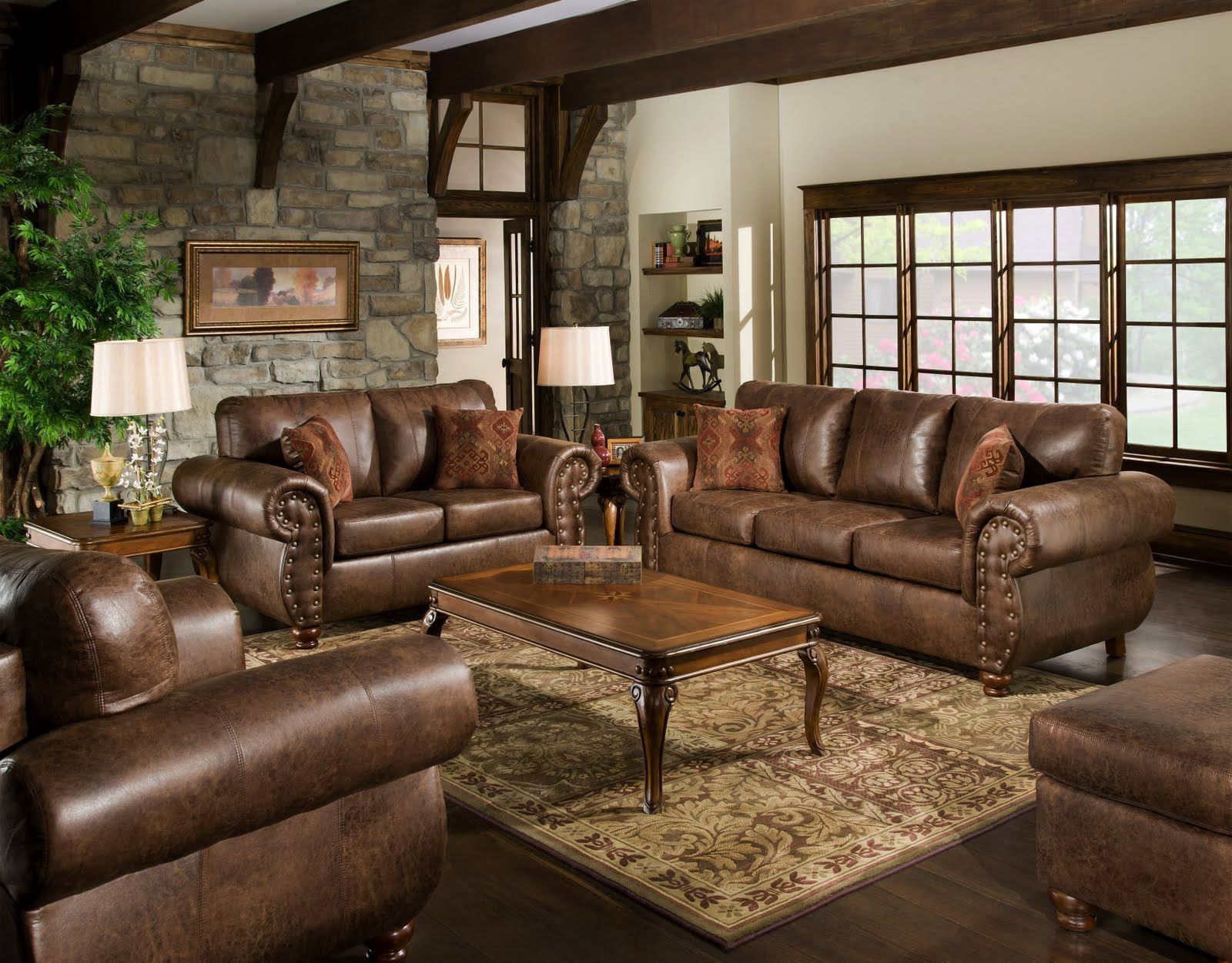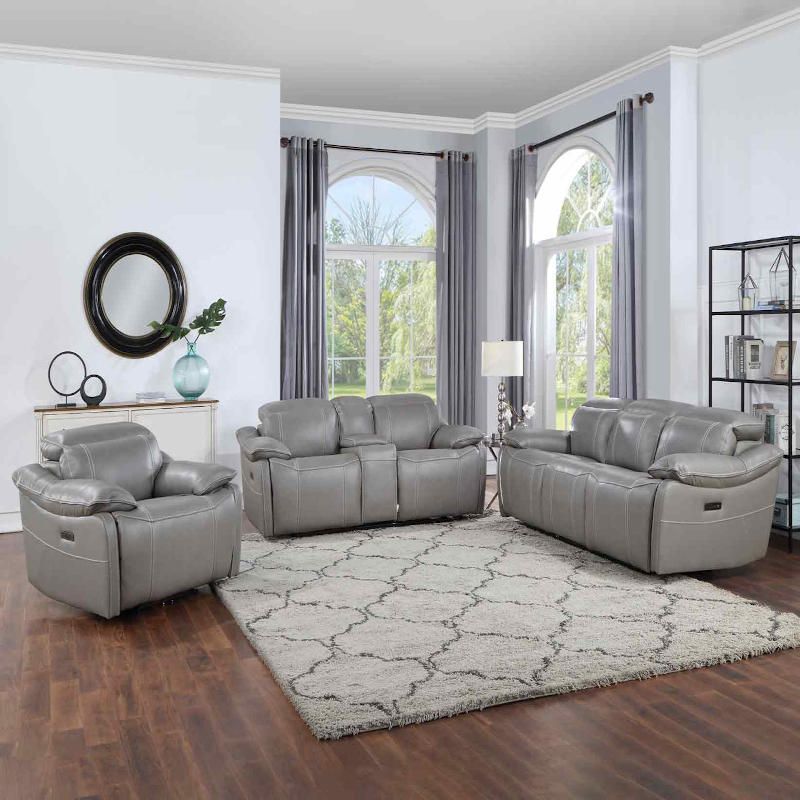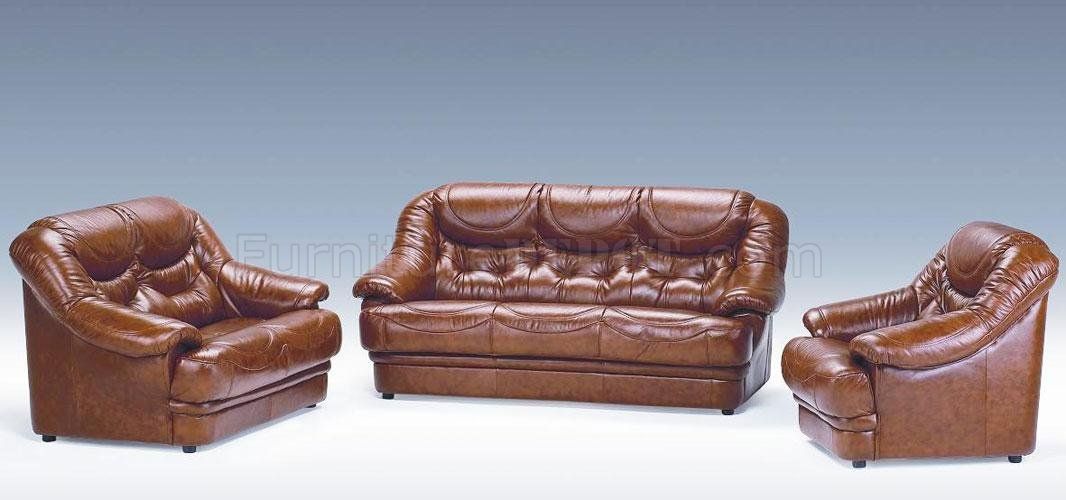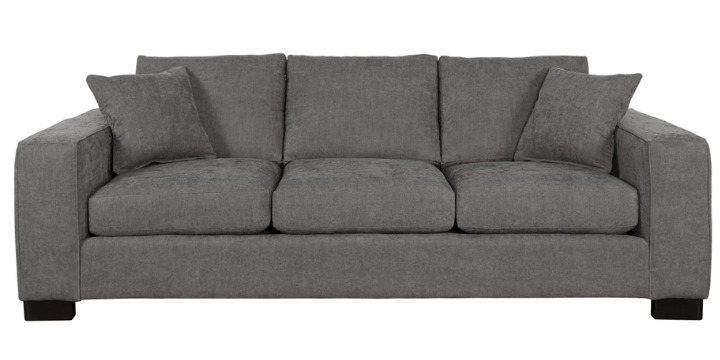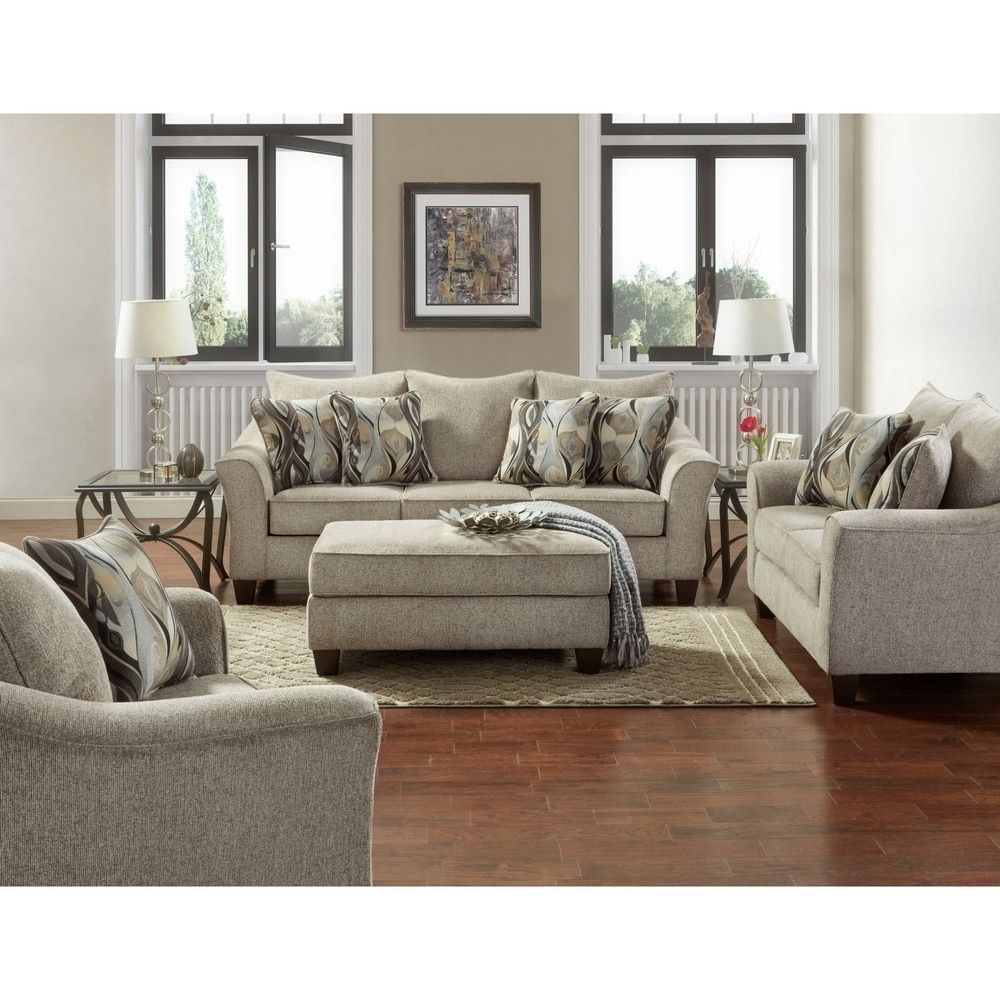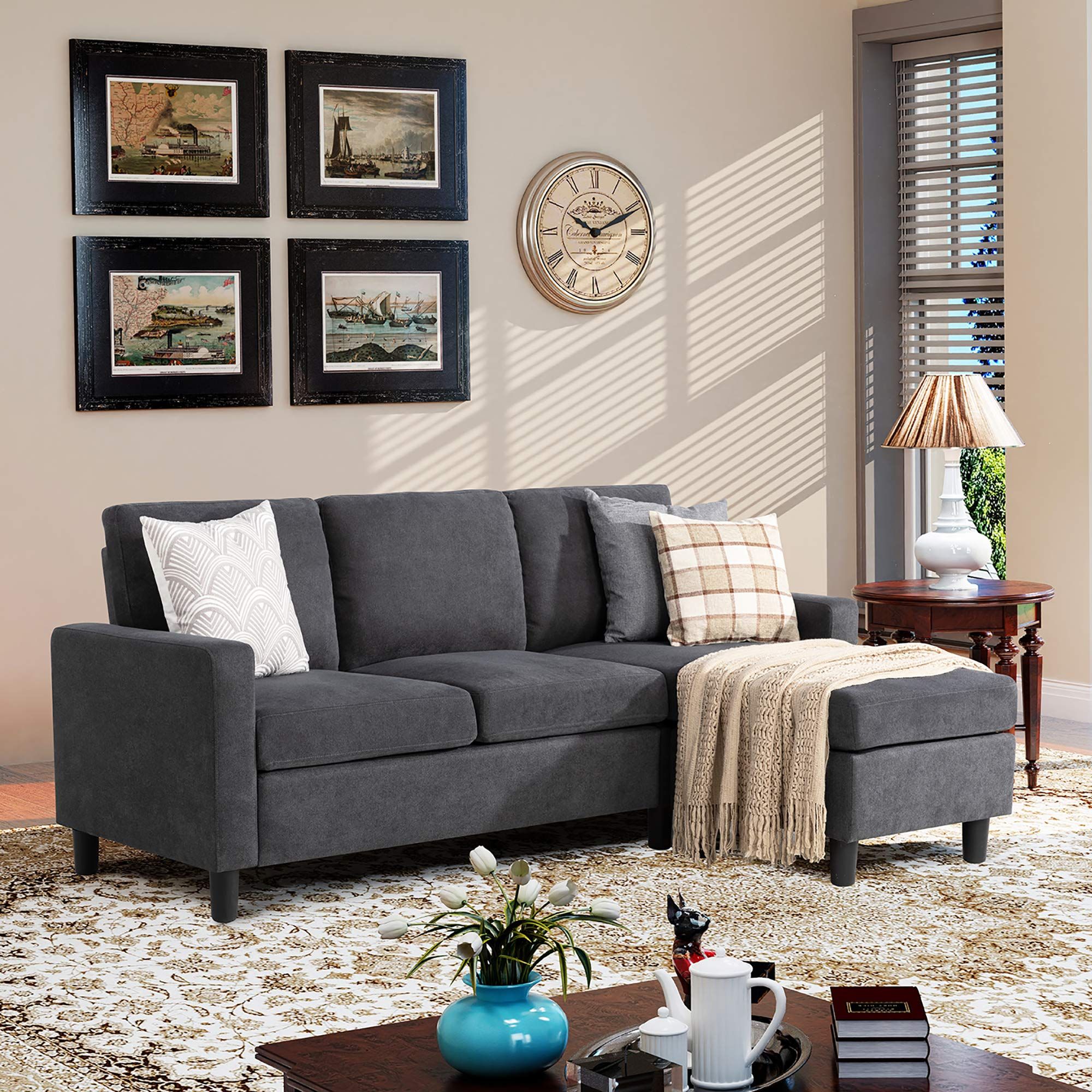Choosing the right sofa fabric can seem like navigating a maze. With so many options – from luxurious velvet to durable canvas – it’s easy to feel overwhelmed. But fear not. This guide will demystify the world of sofa fabrics, helping you make informed decisions that bring comfort, style, and longevity to your living space. We’ll explore the different types of materials, their characteristics, and how they impact the overall look and feel of your sofa – and your home. We’ll go over the most popular fabrics, and give you all the tips and tricks you’ll need to make the right choice.
Your sofa isn’t just a place to sit; it’s a statement piece, a comfort zone, a central hub for relaxation and gathering. And the fabric you choose plays a massive role in shaping all of these things. It affects the look, feel, durability, and even the cleaning requirements of your sofa. Selecting the perfect sofa fabric can feel like a big decision, and it is. But with a little bit of knowledge, you can transform this challenging task into an exciting opportunity to personalize your space. Let’s get started and find out what makes each fabric tick.
The Allure of Natural Fibers: Cotton, Linen, and Wool
Natural fibers bring a certain warmth and aesthetic appeal that synthetic materials often struggle to replicate. Let’s explore some of the most popular options:
Cotton: A classic choice, cotton is loved for its breathability, softness, and versatility. It’s generally affordable and comes in a wide array of colors and patterns. However, cotton can be prone to wrinkling, staining, and fading, especially in direct sunlight. Consider a cotton blend for greater durability.
Linen: Linen offers a relaxed, elegant vibe with its subtle texture and drape. It’s strong, durable, and resistant to moths, but it can wrinkle easily and requires more care to prevent staining. It’s a great choice for a living room that’s not used very often.
Wool: Wool is a premium choice, known for its resilience, natural stain resistance, and ability to regulate temperature. It’s incredibly durable and can last for years with proper care. However, wool can be pricier, and some people find it to be itchy. It may also require professional cleaning.
Synthetic Fabrics: Durability and Practicality
Synthetic fabrics have revolutionized the world of upholstery, offering a range of benefits in terms of durability, stain resistance, and affordability. Here’s a look at some key players:
Polyester: A workhorse fabric, polyester is known for its resistance to fading, wrinkling, and shrinking. It’s also relatively inexpensive and easy to clean, making it a great option for high-traffic areas and homes with children or pets. It doesn’t breathe as well as natural fibers, so it can feel warm.
Nylon: Nylon is incredibly strong and abrasion-resistant, making it an excellent choice for sofas that endure heavy use. It’s also water-resistant and easy to clean. However, nylon can be susceptible to pilling.
Acrylic: Acrylic is designed to mimic the look and feel of wool, but it’s more resistant to fading, stains, and mildew. It’s a good choice for outdoor furniture and homes with allergies. It can sometimes feel a bit less soft than other fabrics.
Blends: The Best of Both Worlds
Often, the perfect sofa fabric is a blend of natural and synthetic fibers. These combinations allow you to reap the rewards of both worlds. For example, a cotton-polyester blend offers the softness and breathability of cotton with the durability and stain resistance of polyester. A linen-rayon blend can reduce wrinkling while maintaining the linen’s elegant appearance. The goal is to find a blend that addresses your specific needs and lifestyle.
Cotton-Polyester Blends: Great for general use and easy to clean.
Linen-Rayon Blends: Offers a luxurious look with improved wrinkle resistance.
Wool-Nylon Blends: Provides durability and stain resistance.
Considering Your Lifestyle: Choosing the Right Fabric for You
Your lifestyle should be the guiding star when choosing a sofa fabric. Think about how you and your family use the sofa. Do you have pets, children, or a tendency to spill things? Here’s how different lifestyles influence your choice:
Homes with Pets: Look for durable, stain-resistant fabrics like microfiber, polyester, or tightly woven cotton blends. Avoid delicate fabrics like silk or linen that can easily snag or tear. Consider fabrics treated with stain-resistant finishes.
Families with Children: Prioritize stain resistance and washability. Polyester, nylon, and performance fabrics (fabrics engineered for durability and stain resistance) are excellent choices. Avoid anything that’s dry-clean only.
Formal Living Rooms: For rooms that are used less frequently, you can consider luxurious options like velvet, silk (or silk blends), or linen. But keep in mind that these fabrics often require more care.
High-Traffic Areas: Durability is key. Choose fabrics like nylon, tightly woven cotton blends, or performance fabrics designed to withstand heavy use.
Performance Fabrics: The Modern Marvels
Performance fabrics are engineered to withstand the rigors of daily life, making them a popular choice for busy households. They offer a range of benefits:
Stain Resistance: Many performance fabrics are treated with a protective finish that repels spills and stains, making cleanup a breeze.
Durability: These fabrics are often woven tightly and designed to resist wear and tear, making them ideal for high-traffic areas.
Fade Resistance: Performance fabrics are often treated to resist fading from sunlight, making them a great choice for rooms with lots of natural light.
Water Resistance: Some performance fabrics are water-resistant, which is helpful for spills and accidents. Brands like Sunbrella and Crypton are well-known for their performance fabric offerings.
Care and Maintenance: Keeping Your Sofa Looking its Best
Proper care and maintenance are essential to extend the life of your sofa and keep it looking its best. Here are some general tips:
Regular Vacuuming: Vacuum your sofa weekly to remove dust, dirt, and debris. Use the upholstery attachment to get into crevices and hard-to-reach areas.
Spot Cleaning: Address spills and stains immediately. Blot the stain gently with a clean cloth; avoid rubbing, which can spread the stain. Always test cleaning solutions in an inconspicuous area first.
Professional Cleaning: Consider professional cleaning every 12-18 months, or more frequently for high-traffic sofas. This will help remove deep-seated dirt and refresh the fabric.
Avoid Direct Sunlight: Prolonged exposure to direct sunlight can cause fading. Use curtains, blinds, or window film to protect your sofa.
Follow Manufacturer’s Instructions: Always refer to the manufacturer’s care instructions for specific recommendations on cleaning and maintenance. Different fabrics require different care methods. A little bit of preventative action will go a long way.
Choosing the right sofa fabric is a significant decision, but with a little understanding of the different materials and their characteristics, you can make a choice that perfectly suits your needs and style. From the classic elegance of cotton and linen to the durability of synthetics and the modern innovation of performance fabrics, the options are plentiful. Remember to consider your lifestyle, the amount of use the sofa will get, and the overall aesthetic you want to achieve. By taking these factors into account, you can select a fabric that not only looks beautiful but also provides years of comfort and enjoyment, and make your sofa a place of lasting memories. And don’t forget, regular care and maintenance are key to keeping your sofa looking its best for years to come and I hope you found this guide helpful. Happy decorating. And remember, it’s ok to make a few mistakes. It’s all part of the process of making your home truly your own.

